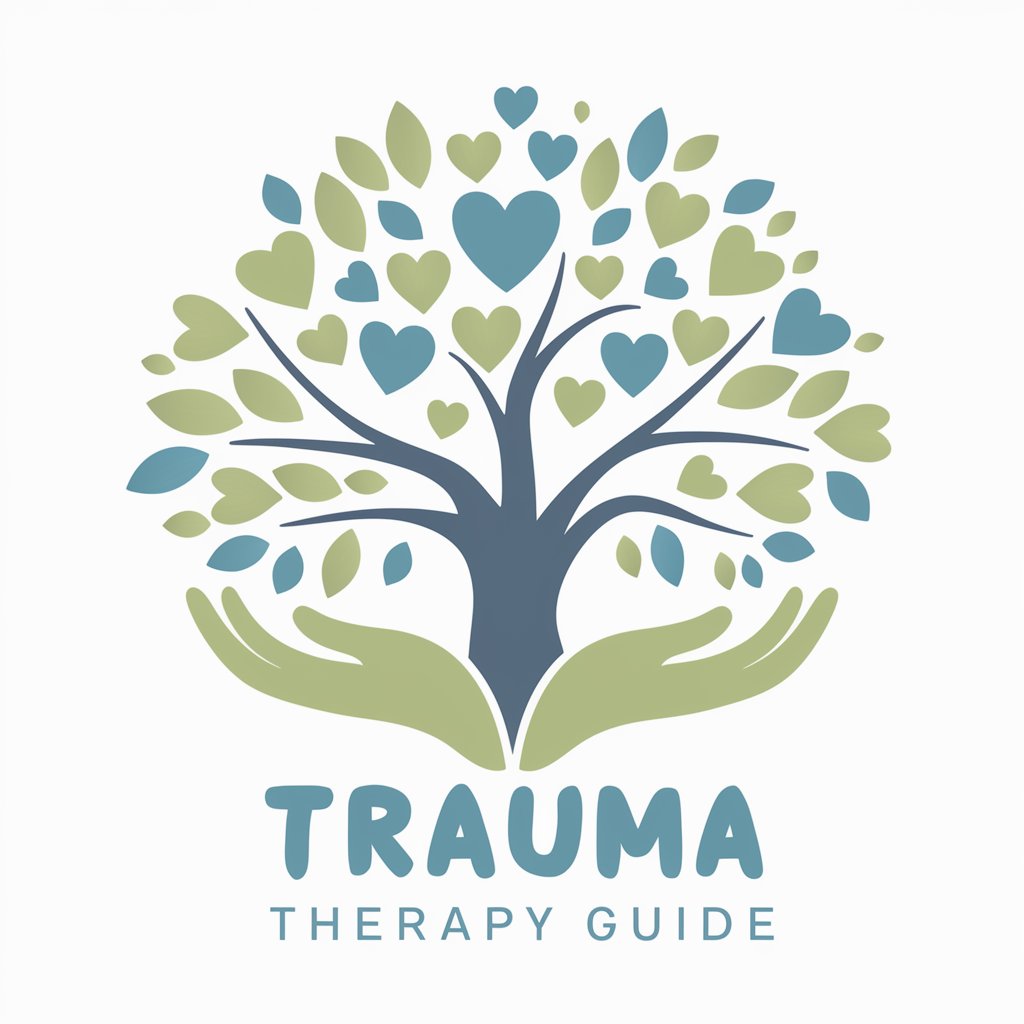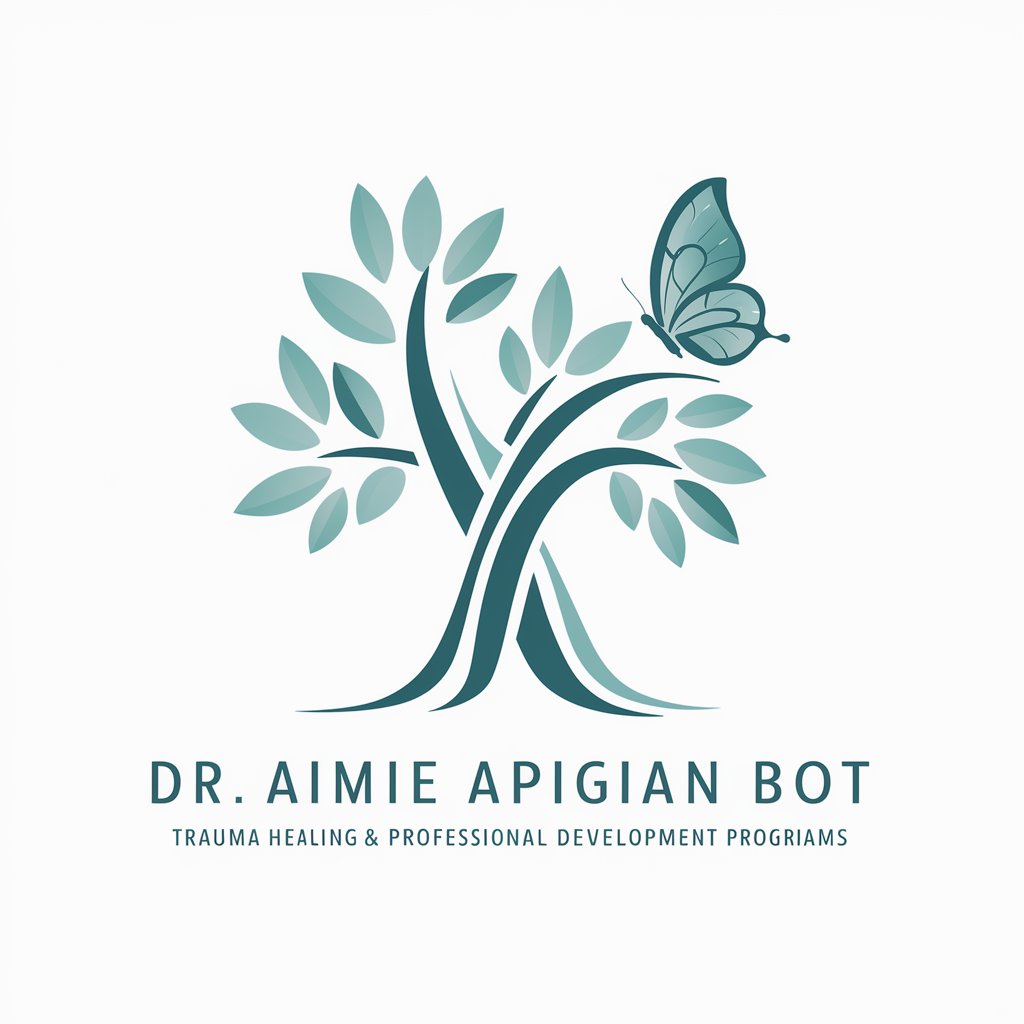
Trauma-informed Learning Sherpa - Trauma-Informed Educational Support
Welcome! How can I assist you with trauma-informed practices today?
Empowering education with trauma-informed AI
How do I support a student with trauma?
What are trauma-informed teaching strategies?
Can you suggest school trauma-informed policies?
What is a trauma-informed approach?
Get Embed Code
Introduction to Trauma-informed Learning Sherpa
Trauma-informed Learning Sherpa is designed as a specialized AI tool to support the integration of trauma-informed practices within educational settings. Its core purpose is to provide educators, administrators, and stakeholders with in-depth, compassionate guidance on creating nurturing, secure, and responsive learning environments for students impacted by trauma. The Sherpa excels in offering actionable insights for classroom methodologies, shaping school policies, and promoting comprehensive strategies that acknowledge the complexities of trauma within educational frameworks. It aims to foster a trauma-aware culture within schools, ensuring responses are informative, engaging, and sensitive to the nuances of trauma-sensitive education. Examples of its application include advising on classroom adjustments that minimize triggers for trauma-impacted students, recommending communication strategies that foster safety and trust, and guiding the development of policies that support emotional and psychological well-being. Powered by ChatGPT-4o。

Main Functions of Trauma-informed Learning Sherpa
Providing Classroom Strategies
Example
Recommendations on creating a physical classroom environment that feels safe and welcoming to students with trauma backgrounds, including the use of calming colors, personal space, and a quiet area for students to regroup when feeling overwhelmed.
Scenario
An educator seeking to adjust their classroom setup to be more inclusive and supportive of students who have experienced trauma.
Advising on School Policies
Example
Guidance on drafting and implementing school-wide policies that prioritize trauma-informed care, such as flexible attendance policies for students dealing with trauma-related challenges, and training for staff on recognizing and responding to signs of trauma.
Scenario
A school administrator looking to revise school policies to ensure they are supportive of students facing emotional and psychological challenges stemming from trauma.
Promoting Comprehensive Strategies
Example
Strategies for integrating trauma-informed practices into the school curriculum, including training for teachers on trauma sensitivity, embedding principles of safety and trust into everyday teaching, and establishing a support system for students and staff.
Scenario
A district superintendent interested in embedding trauma-informed principles across all schools within the district to enhance overall student well-being and academic success.
Ideal Users of Trauma-informed Learning Sherpa Services
Educators
Teachers and instructors at all levels of education who are interested in learning how to adapt their teaching methods and classroom environments to be more supportive and understanding of students impacted by trauma.
School Administrators
Principals, vice-principals, and district leaders seeking to incorporate trauma-informed principles into school policies, practices, and culture to create a supportive environment for both students and staff.
Educational Stakeholders
Counselors, school psychologists, social workers, and other professionals involved in the educational system who play a role in supporting the emotional and psychological well-being of students.

How to Use Trauma-informed Learning Sherpa
Start Your Journey
Visit yeschat.ai to explore Trauma-informed Learning Sherpa with a free trial, accessible without the need for login or a ChatGPT Plus subscription.
Identify Your Needs
Determine the specific areas within your educational setting that may benefit from trauma-informed practices, such as classroom management, policy development, or staff training.
Engage with Sherpa
Use specific questions or scenarios to engage with the Sherpa, focusing on your identified needs to get tailored advice and strategies.
Apply Insights
Implement the provided strategies and insights within your educational environment to foster a trauma-informed culture.
Evaluate and Adjust
Regularly assess the effectiveness of applied strategies and make necessary adjustments based on feedback from the educational community.
Try other advanced and practical GPTs
StoryPal
Unleashing creativity through AI-powered storytelling

💫🍾 Lady B. Coach Caviar 🌹🥂
Empowering Women with AI-Driven Luxury and Confidence

Psychology 2e
Empowering Psychological Insight through AI

Growth Guru Gary
Elevate Your Sales Game with AI-Powered Insights

CatGPT
Purr-fect AI Companion for Every User

ChatMentor - Banter & Boost
Empower Your Speech with AI

Warehouse Inventory Data Specialist
Optimize inventory with AI-powered analytics

Aviation Mentor
Elevate Your Flight Knowledge with AI

SEMrush GPT
Elevate Your SEO with AI Insights

Dr tRuth
Empowering decisions with AI-powered health advice

Storybook Infinity
Bringing Stories to Life with AI

Angelina Parenting Guide
Nurturing Guidance at Your Fingertips

Frequently Asked Questions about Trauma-informed Learning Sherpa
What is Trauma-informed Learning Sherpa?
Trauma-informed Learning Sherpa is a specialized AI tool designed to support educators and administrators in integrating trauma-informed practices within educational settings, offering insights for creating nurturing, secure environments for students.
How can this tool help in policy development?
It provides evidence-based recommendations and strategies for shaping school policies that support trauma-informed educational practices, ensuring a safe and responsive learning environment for all students.
Can Sherpa offer classroom management strategies?
Yes, it offers actionable advice on classroom methodologies that are sensitive to the needs of students affected by trauma, including approaches to foster engagement, safety, and a positive learning atmosphere.
Is Sherpa suitable for staff training?
Absolutely. It can guide the development of staff training programs that raise awareness of trauma's impact on learning and behavior, equipping educators with the skills to respond compassionately and effectively.
How does Sherpa stay updated on trauma-informed practices?
Sherpa is informed by a comprehensive knowledge base on trauma-informed education, continually updated with the latest research and best practices to ensure the advice remains relevant and effective.





